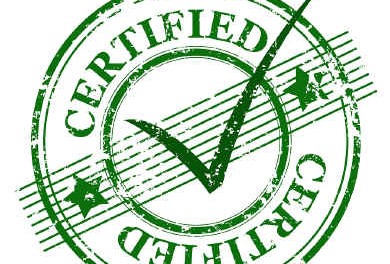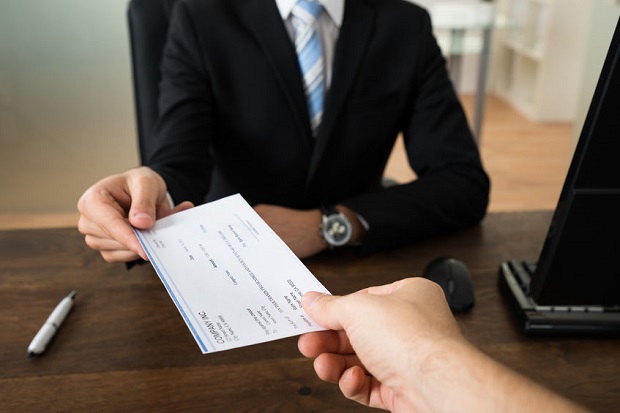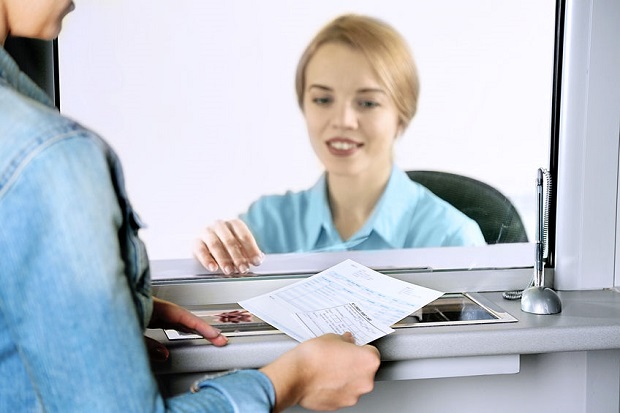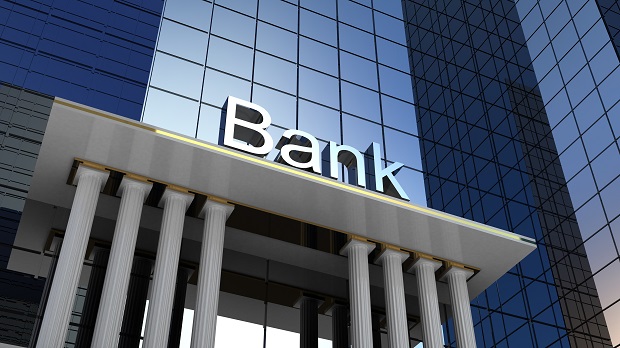Certified Check vs Cashier’s Check
A certified check is a sign that the funds, in the full amount, were in the account at the time the document was drawn. [1] These funds are then set aside and reserved specifically for that certified check number allocation.
A cashier’s check takes the transaction one step further by transforming the check into the equivalent of cash. A person is basically “buying” a note in that amount from the bank with the latter. The check amount has already cleared their account through the purchase transaction; thus, a cashier’s check is generally perceived as the speedier option from the recipient’s point of view.
Online Alternatives
The emergency of Paypal.com and Smartphone transactional methods is beginning to chip away at the need for either certified or cashier’s checks. In the former’s case, it is simple and easy for someone to verify that the funds have been transferred. (2)
Within the United States, transferring funds from one Paypal account to another is instantaneous and free. In banks’ cases, only preferred customers or holders of certain account statuses and histories can avoid individual fees for certified and cashier checks.
Widespread Fraud
A cashier’s or certified check is only as good as the paper it’s printed on. Though the mechanisms anchoring both slightly different forms of guaranteed cash-equivalent paper are sound, many try to take advantage of the aura of these golden words.
Craigslist, eBay, and other individual online trading marketplaces constantly warn their users to be on the lookout for fake cashier’s checks. (3) Despite these documents’ aura, it can take weeks for a recipient’s bank to notify them that the document is invalid. By that time, the buyer has absconded with the merchandise.
This antiquated lag time is another reason online escrow services and free basic use applications like Paypal are gaining steam. Eventually, it’s possible that at the non-corporate, individual level, these types of guaranteed checks will become a thing of the past.






